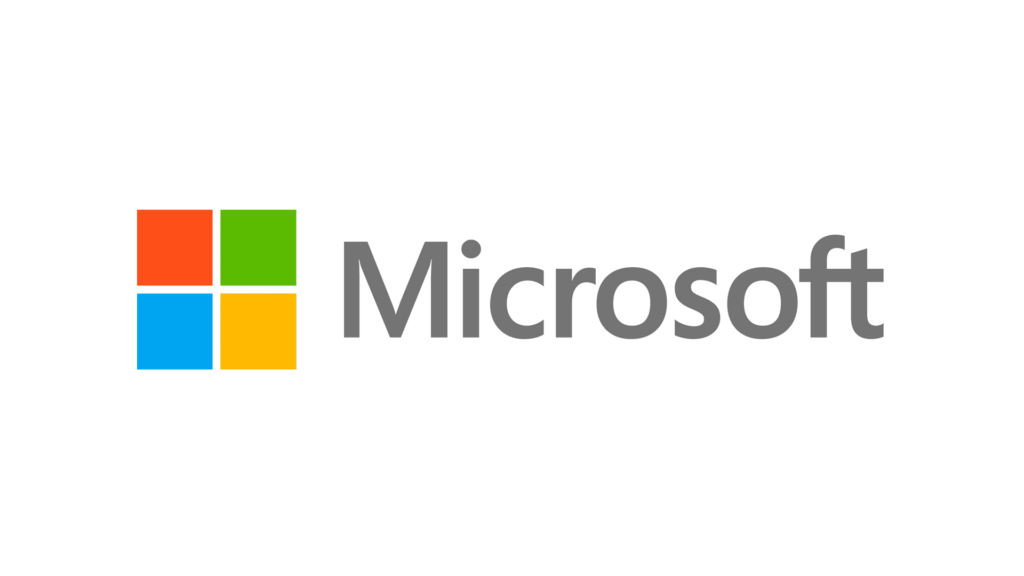Microsoft’s internal salary guidelines, recently updated, shed light on the company’s structured pay scale for engineers and researchers across various experience levels and locations. The data details base salary ranges, stock awards, and signing bonuses, showing how Microsoft tailors its compensation to seniority and cost-of-living factors in different regions.
Microsoft uses a tiered level system, ranging from entry-level engineers at Level 57 up to the elite ranks of distinguished engineers at Level 70. Pay varies widely depending on role, experience, and geographic location. Locations with higher living costs, like San Francisco, fall under a “high” pay range, while the standard Redmond, Washington, rates fall under the “main” range.
For example, at Level 57—the entry point for many engineers—the salary ranges from $83,000 to $108,000 (main) and up to $124,600 (high), with stock awards between $5,000 and $13,000. Signing bonuses can be up to $9,000.
The numbers scale significantly as levels increase. At Level 63, the starting point for senior engineers, base salaries stretch from $145,000 to $237,600, with stock awards potentially reaching $220,000 on hire and $64,000 annually. Bonuses range up to 30%.
The highest tier, Level 70, offers some of the most lucrative packages in the company. Candidates at this level can earn up to $408,000 in salary, a one-time stock award as high as $1.9 million, and an annual stock award worth up to $1.476 million. While specific signing bonuses aren’t listed for upper levels, annual performance bonuses can reach up to 90% of base pay.
Across the board, stock compensation grows in importance with each level, especially for senior and principal engineers. The company also allows exceptions to exceed standard packages in highly competitive scenarios to attract top talent.
This compensation structure illustrates how Microsoft competes for top-tier technical professionals, particularly in AI and software engineering, where demand and salaries are surging across the tech industry.

